Online Reputation Repair: How to Recover and Rebuild Trust in Your Brand
-1744615133.png)
When a brand’s online reputation takes a hit, the impact can be swift and unforgiving. Negative reviews, viral social media posts, and critical news coverage can spread within hours, causing loyal customers to second-guess their trust and potential buyers to walk away entirely.
In essence, reputation damage doesn’t just bruise your ego—it hits your bottom line.
But reputation repair is more than just cleaning up a mess. It’s the process of rebuilding trust, shifting perception, and strengthening your brand’s online presence for the long run. Whether you're dealing with a PR scandal, customer service failure, or an unexpected backlash, taking strategic action can help your brand recover—and even come back stronger than before.
That’s where tools like YouScan come in. By tracking real-time sentiment, visual content, and brand mentions across social media and the web, YouScan gives you the insights you need to understand how people truly see your brand. With strategic online reputation management, you can spot reputation risks early, respond with clarity, and start reshaping your narrative—one smart move at a time.
Why online reputation repair matters
Your brand’s reputation isn’t just built on ads, press releases, or carefully curated social content—it’s shaped by what people say when you’re not in the room. And if that conversation turns negative, the effects can be devastating for your brand's health.
A single viral tweet, a wave of bad reviews, or negative headlines on page one of Google can cost you more than just pride. It can lead to lost sales, a drop in investor confidence, and long-term erosion of brand equity. Online reputation management services are making a fortune in helping brands across all industries maintain a positive reputation.
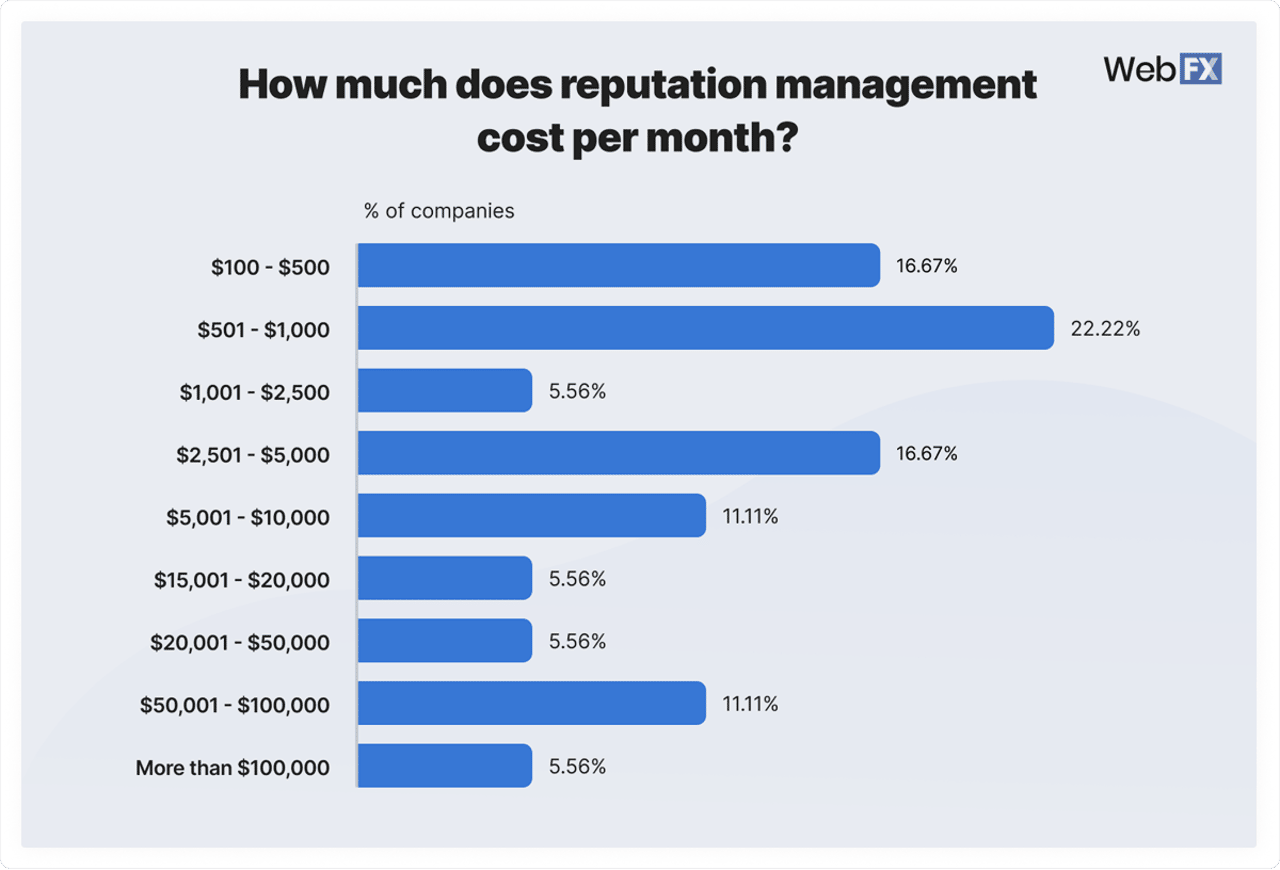

Image source: webfx.com
Just look at brands that have faced massive backlash—some for sustainability greenwashing, others for tone-deaf campaigns or data breaches. While some failed to recover, others took decisive action: they acknowledged the issue, communicated openly, and rebuilt trust with their audience. Brands like Domino’s, which turned public criticism into a full-blown product revamp campaign, or LEGO, which shifted its sustainability messaging after being called out online, show that a damaged reputation isn’t the end—it’s a turning point.


Image source: toysnbricks.com
Reputation repair isn’t optional. It’s a business-critical strategy that helps you regain consumer trust, rewrite your brand narrative, and stay relevant in a world where every opinion counts.
Reputation repair vs. reputation management: What’s the difference?
Think of your brand’s reputation like your personal one. Personal online reputation repair is what happens when something goes wrong, like when a misunderstanding or mistake damages how people perceive you, and you have to own it, explain it, and make things right. It’s reactive and often urgent.


Image source: standard.co.uk
Reputation management, on the other hand, is everything you do to build and maintain trust in the first place. It’s proactive. It’s showing up consistently, being transparent, listening to feedback, and making sure your online presence reflects your values and strengths before anything goes wrong.
In business, both approaches matter. But relying only on repair means you're always playing defense—waiting for a problem to erupt before taking action. Smart brands combine both: they fix what’s broken when necessary, but more importantly, they invest in ongoing reputation management strategies to prevent future crises from taking hold.
Reputation management goes hand in hand with brand monitoring. Monitoring sentiment, engaging with customers, responding to issues early, and promoting positive stories—all of this creates a reputation that can weather occasional storms. And with the right tools, like YouScan, you can keep a pulse on how your audience feels, even when they’re not speaking directly to you.
Common reasons brands face reputation damage
Reputation damage rarely happens in a vacuum. It usually starts small, then snowballs. A few negative reviews, one offhand comment on Twitter, or a delayed customer response can quickly spiral into something much bigger if not addressed early. Here are the most common culprits behind reputation crises.
Negative reviews
What seems like a single one-star review can rapidly influence others. People trust peer feedback, and if your brand doesn’t respond or resolve issues publicly, it signals you don’t care. Over time, this can push your brand down in search results and trust rankings.
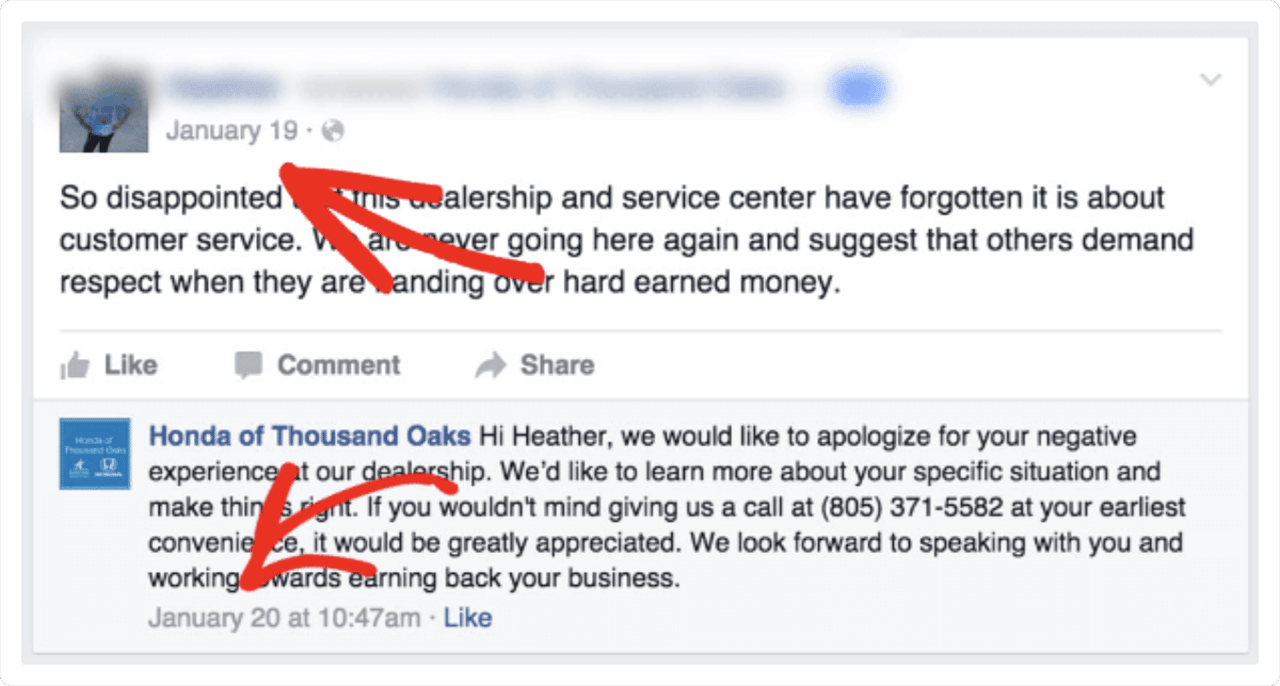

Image sorce: trustpulse.com
Social media backlash
Social media has a short fuse. A single post, video, or hashtag can go viral and spark a wave of criticism. One of the most notable examples is H&M’s “coolest monkey in the jungle” hoodie, which triggered global backlash for its racial insensitivity. The brand faced widespread calls for boycotts, forcing a public apology and internal review.
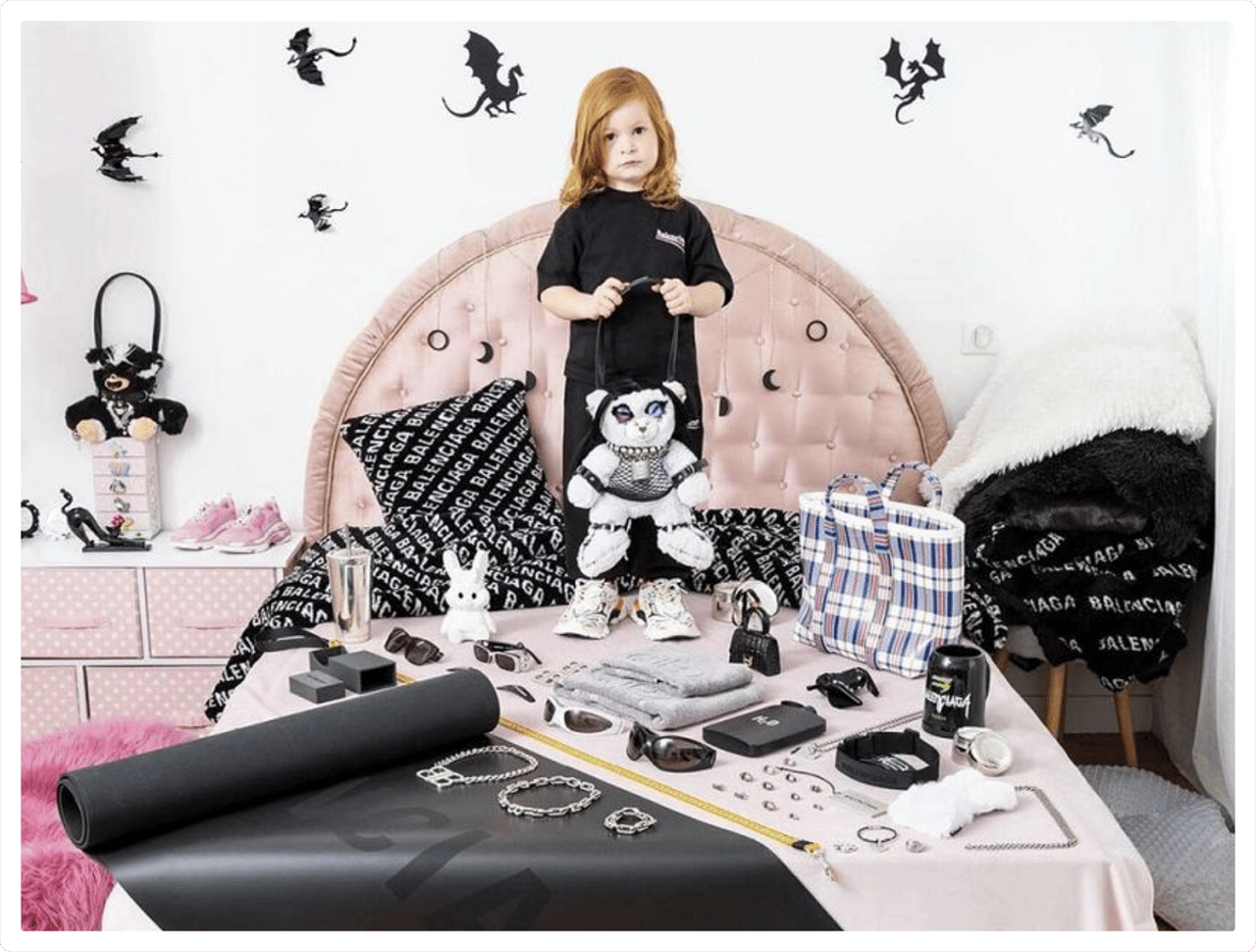

Image source: euronews.com
Also, Balenciaga’s 2022 ad scandal led to online outrage over controversial imagery. The brand had to pull campaigns, issue multiple statements, and pause promotional activity during the fallout.
Misinformation
False claims or misleading narratives can spread quickly, especially on platforms like TikTok or Reddit. For instance, Subway faced a viral accusation that its tuna contained no actual tuna—based on a now-debunked lab test. Despite being disproven, the brand spent months fighting skepticism and correcting the story.


Image source: Reddit
PR scandals
Internal issues—like leadership behavior, lawsuits, or tone-deaf communication—can cause lasting harm. United Airlines' 2017 passenger removal incident is a classic case. The video went viral, sparking global outrage. The delayed and dismissive initial response only worsened the crisis, costing the airline millions in market value before recovery steps were taken.
Data breaches
Security issues are among the most trust-damaging. Equifax's 2017 breach exposed data of over 140 million Americans. The slow disclosure and inadequate response turned a technical problem into a full-blown reputational crisis that lingered for years.
Poor customer service
Sometimes it’s the basics—long wait times, ignored messages, or impersonal replies. While these issues might seem minor, they’re often the start of bigger perception problems, especially if screenshots go viral. In the customer’s eyes, silence = indifference.
How to assess the damage to your online reputation
Before you can repair your brand’s reputation, you need to understand how bad the damage is—and where it’s coming from. Think of this stage as your brand’s diagnostic check: you’re not rushing into fixes yet, you’re gathering information.
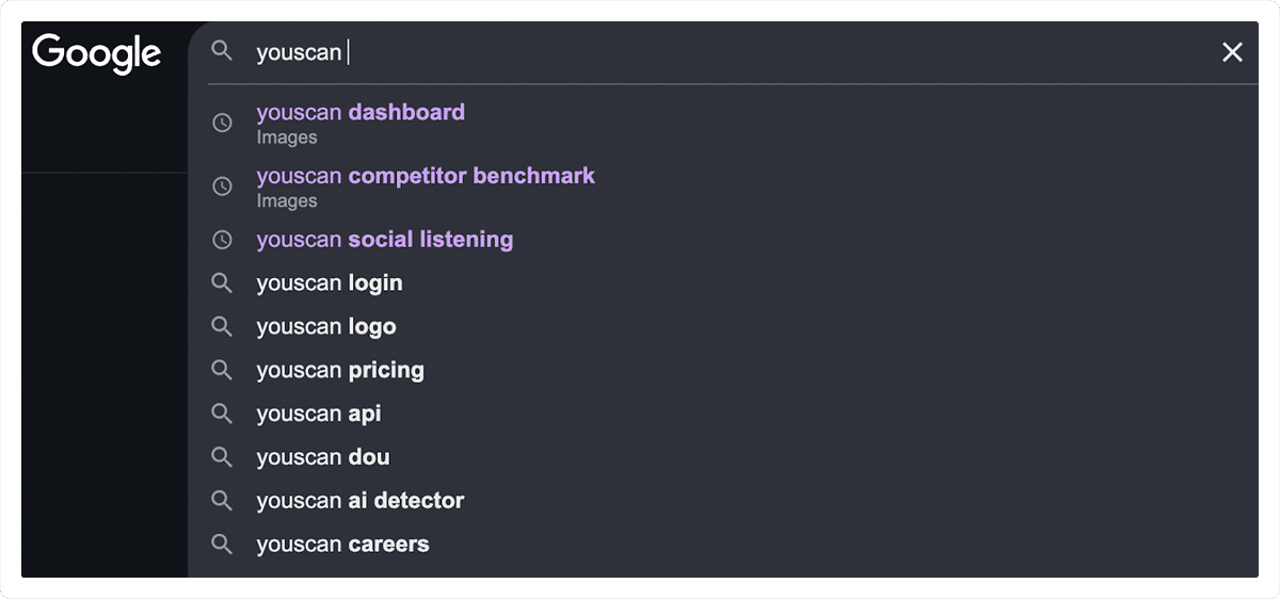

Image source: Google search results
Start with the basics:
Google your brand. What comes up on page one? Is it owned media, or are third-party reviews, complaints, or news articles dominating the space?
Read what people are saying. Go beyond reviews. Scroll through comments on your own social posts and search brand mentions on X (Twitter), TikTok, Reddit, or industry-specific forums.
Track sentiment trends. Are conversations generally positive, neutral, or skewing negative? What keywords or emotions are consistently linked to your brand?
This is where a social listening tool like YouScan becomes essential. Instead of manually searching across platforms, YouScan pulls real-time mentions, clusters them into themes, and uses AI to analyze sentiment, emotion, and even visuals. You don’t just get the “what”—you get the “why,” and you see how perception evolves over time.


Where to look for reputation issues
Online reputation issues can pop up in places you might not expect—but they’re often the first thing your potential customers will see.
These are the key digital spaces you need to monitor:
Google search results. Your top-ranking pages shape first impressions.
Review sites (Trustpilot, Google Reviews, Yelp). Negative reviews here are public and influential for your reputation online.
Social media platforms (Instagram, TikTok, X, Facebook). Real-time sentiment shifts and viral backlash often start here.
Forums and communities (Reddit, Quora). Long-form discussions can build momentum and gain search visibility.
News websites and blogs. Earned media coverage, especially during a crisis, can be hard to control but highly impactful.
User-generated content (UGC). Memes, videos, and photos from customers can frame your brand’s image positively or negatively.
Competitor content. During sensitive periods, competitors may subtly exploit your brand’s weaknesses in their messaging or campaigns.
Some businesses turn to online reputation management companies to monitor and clean up their brand presence, but those services can be expensive and less transparent.
With YouScan, you get the autonomy to do it yourself, backed by real-time insights, AI-powered sentiment analysis, and full visibility across every platform that matters. It’s everything agencies offer—plus full control and deeper understanding.
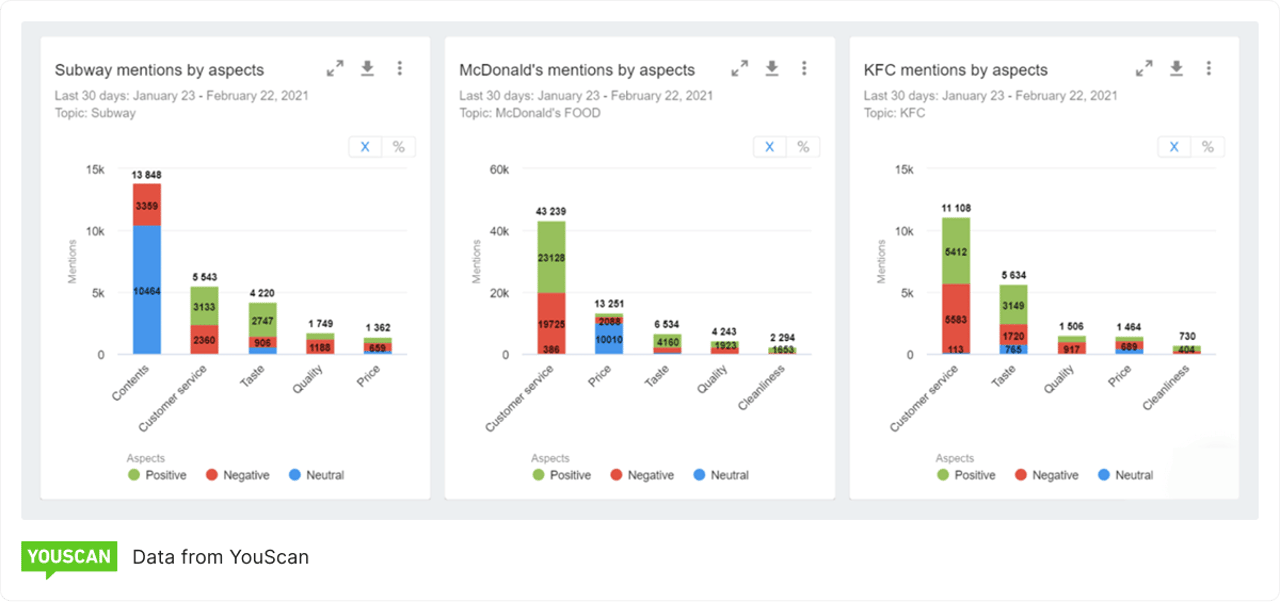

Image source: YouScan
Steps to repair your online reputation
Think of online reputation management and repair as a healing journey with four key steps:
Step 1: Acknowledge the damage
Start by owning the situation. Whether the crisis stemmed from a misstep, a misunderstanding, or misinformation, denial never works. Publicly acknowledging what happened—and that you’re aware of the impact—sets the tone for transparency.
Step 2: Diagnose the root cause
Was the backlash triggered by poor service? A PR misfire? A tone-deaf response on social media? Use data from platforms like YouScan to pinpoint the exact source of negative sentiment and identify patterns. This clarity helps avoid guesswork and ensures your response is actually addressing the right problem.
Step 3: Engage and respond intentionally
Now’s the time to act—not defensively, but with empathy and accountability. That means:
Responding to negative online reviews politely and constructively
Addressing complaints directly, without boilerplate replies
Reaching out to affected customers and offering meaningful resolutions
Using crisis management and communication strategies to align your team on messaging and prevent negative search results
The goal is to show that your brand is made up of real people who care.
Step 4: Rebuild through value and visibility
Recovery is all about reinforcing what your brand stands for.
Start generating positive content that reflects your values: share customer success stories, highlight team culture, or roll out new initiatives that directly address past criticisms (e.g., sustainability, ethics, inclusivity). Let those positive reviews kick in.
YouScan can help track the shift in sentiment over time, so you know when your efforts are landing and when to adjust.
The role of customer engagement in reputation repair
One of the most powerful tools in your reputation recovery toolkit isn’t technology—it’s how you talk to people. When done right, direct customer engagement can turn critics into supporters and restore credibility faster than any press release.
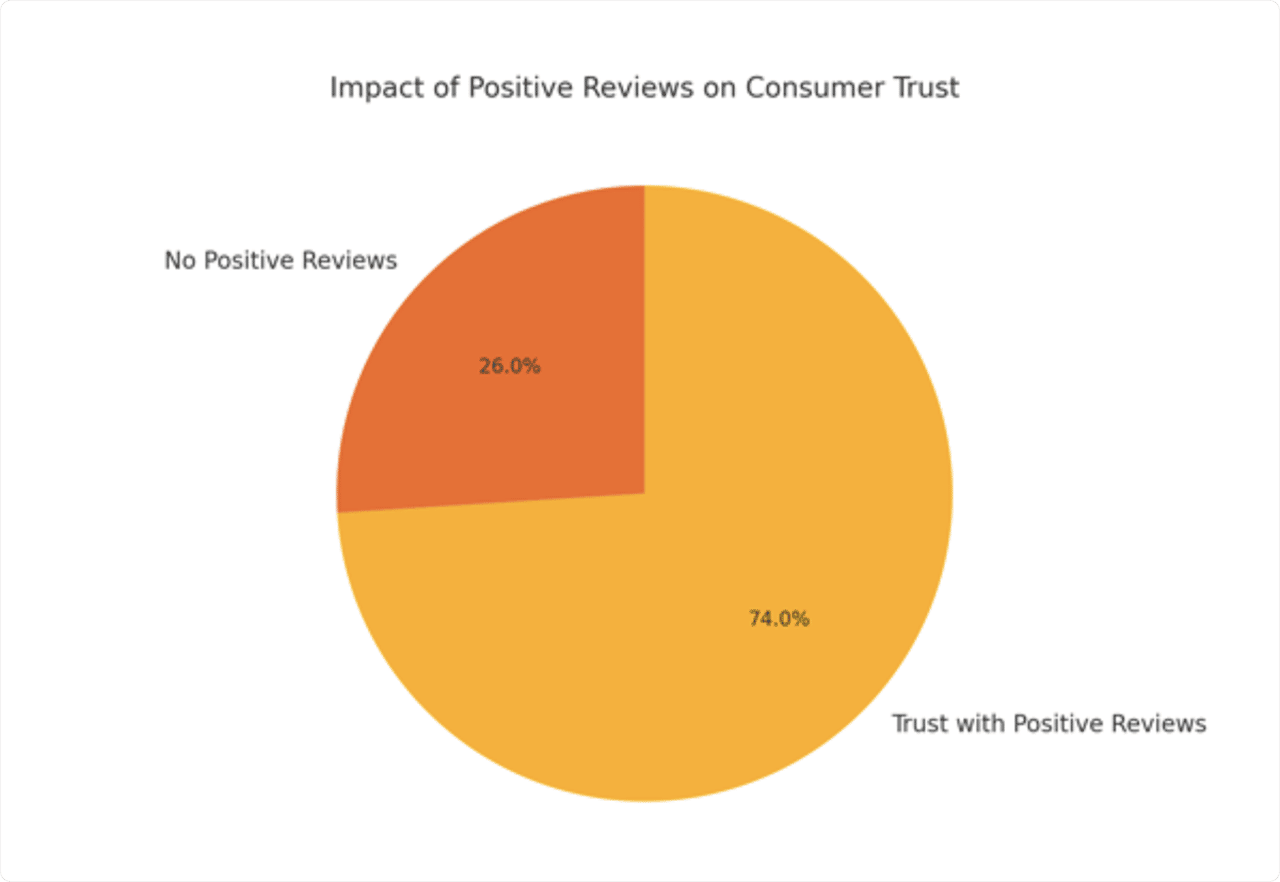

Image source: Reputationx
Responding to negative reviews shows that you’re listening. A well-worded, empathetic response signals accountability. It tells your audience: we hear you, we’re not hiding, and we’re working on it.
Why this matters:
It stops the spiral. Silence fuels frustration. Engagement diffuses tension.
It humanizes your brand. People don’t expect perfection—they expect honesty.
It builds goodwill. A public response shows others how you treat your community, not just the individual.
How AI-powered monitoring helps in reputation recovery
When you need to take good care of your brand, speed and clarity are everything. This is where AI-powered monitoring tools such as YouScan come into play.
YouScan scans millions of online mentions across social media, forums, and news sites in real-time, automatically detecting spikes in negative sentiment, flagging potential PR risks, and highlighting emerging issues before they escalate.
AI doesn’t just track what people say—it analyzes how they say it. From emotional tone to visual content (like memes or product photos), YouScan helps you understand the full picture of public perception.
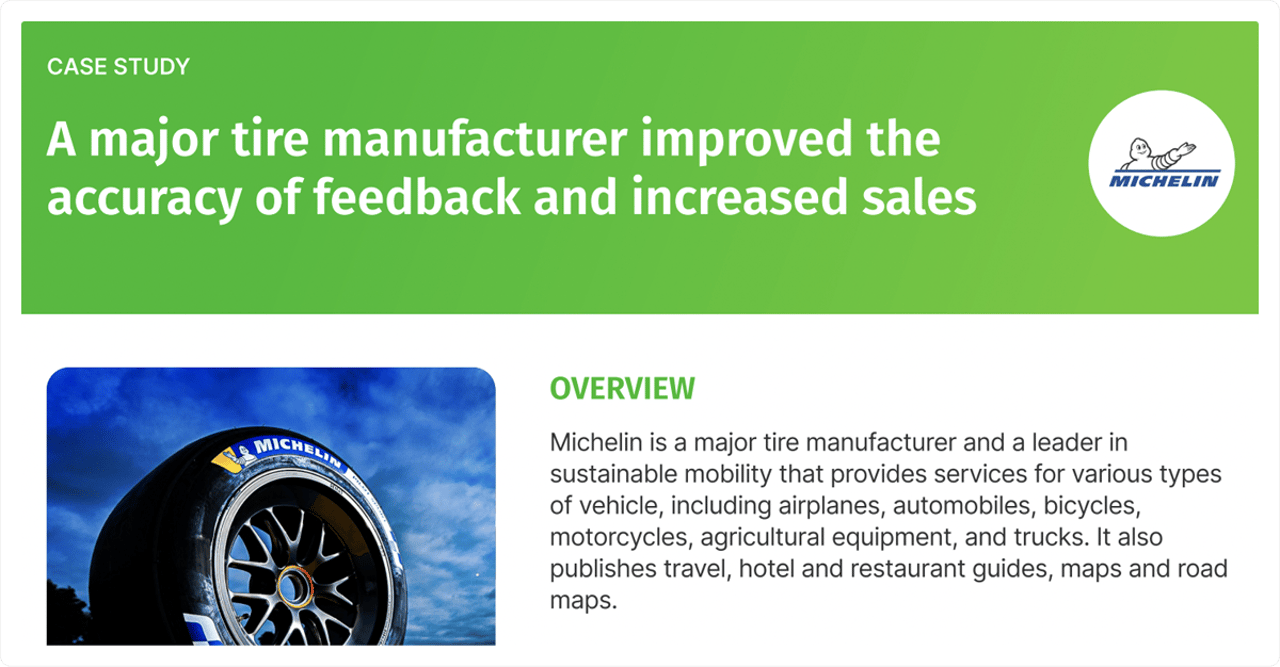

Image source: YouScan
When Michelin wanted to better understand how people perceived tire safety and performance across markets, YouScan helped them track conversations at scale. This allowed Michelin to adjust its messaging and address concerns early, before they could damage the brand’s reputation.
Automation doesn’t replace human judgment, but it gives your team the insights they need to act fast, confidently, and with context.
Strategies to build a stronger online reputation post-repair
Repairing your reputation is only the beginning. The real work lies in rebuilding trust—and that takes consistency, transparency, and long-term thinking.
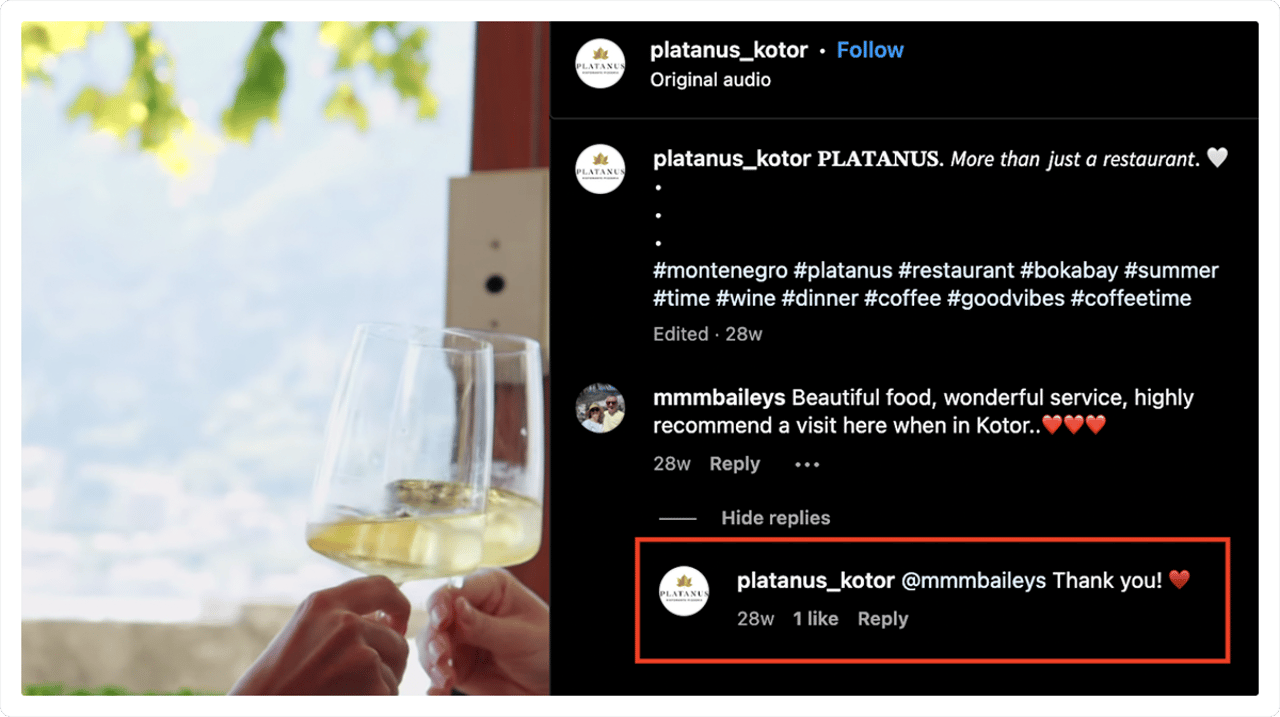

Image source: Instagram
Here’s how to rebuild trust and strengthen your brand after a crisis:
Create positive, trust-driven content. Share customer success stories, behind-the-scenes changes, and updates as a part of a positive content marketing strategy.
Stay active on social media. Use your channels for proactive social media engagement. Engage directly, answer questions, and show ongoing improvement. Don’t disappear after the storm passes.
Invest in strong customer relationships. Strong customer support and community involvement go a long way in shifting perception and keeping loyal customers on your side.
Use search engine optimization (SEO) to your advantage. Publish high-quality content on owned channels to help positive articles, blog posts, and landing pages rank above outdated negative content or negative results in search.
Reputation is a moving target—but with the right strategy, tools, and mindset, you can turn recovery into lasting brand strength.
Conclusion
Your online reputation is one of your most valuable assets, but also the most fragile one. A single crisis can shake public trust, but with the right approach, it’s possible to recover and come back stronger.
In this article, we’ve explored how to assess the damage, engage your audience with transparency, and use AI-powered tools like YouScan to monitor sentiment and guide your next steps. Reputation repair isn’t about quick fixes. It’s a strategic, long-term process rooted in listening, accountability, and consistent communication.
The good news? You don’t have to wait for online reputation management services to step in. With YouScan, your team can take full control of your brand’s reputation—spot issues early, act fast, and rebuild trust with confidence.
Ready to protect and strengthen your brand’s image? Request a demo and see how YouScan can help you take the lead in reputation management.
FAQs
How do I fix my online reputation?
Start by identifying where the damage is—look at reviews, social media, and search results. Then respond to feedback, address the core issues, and rebuild trust through consistent engagement and content. Tools like YouScan help monitor sentiment and guide your recovery strategy.
How do I clean up my online reputation?
You can’t erase everything, but you can shift the narrative. Respond to negative content professionally, publish positive updates, optimize your search presence, and track changes in perception using AI-powered tools.
How much does it cost to clean up online reputation?
Costs vary widely. Online reputation management companies may charge thousands per month, while tools like YouScan offer more affordable, in-house solutions, starting at $299/month, giving brands more control and transparency.
Can you fix a ruined reputation?
Yes—if you act early, take responsibility, and stay consistent. Many brands have successfully recovered from crises by listening, engaging, and showing real change.



.png)